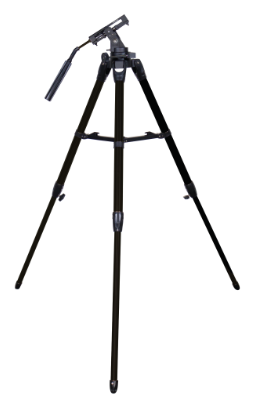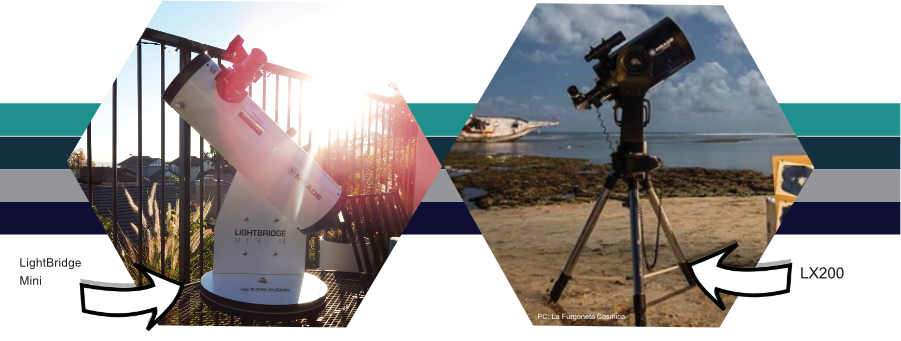For some beginner astronomers, finding the right telescope can seem like a daunting task. To help beginner astronomers, we have created this simple guide to offer some help on what every newcomer needs to know and ask themselves before taking the plunge to purchase their brand new telescope.
Let's start with the types of telescopes. There are three (3) types of telescopes: reflectors, refractors, and Cassegrains.
What's the Difference?
Refractor
Refracting telescopes are probably the most common telescopes around. They use lenses instead of mirrors, and the eyepiece is located at the end of the telescope.
It should be noted that images from refractors are mirror images and can be corrected using an erecting prism. Refractors are easy to use due to the simplicity of design and require the least maintenance — no mirrors to align and no internal dust due to the closed tube.
Reflector
Reflecting telescopes use a mirror instead of a lens, and the eyepiece is located at the top side of the main tube.
Reflectors usually have larger apertures which means excellent viewing of faint deep sky objects, but generally, they are not suited for terrestrial use.
Catadioptric (Cassegrain)
Catadioptric, or Cassegrain, telescopes use a combination of mirrors and lenses. Two of the popular Cassegrain designs are Schmidt-Cassegrain and Maksutov-Cassegrain.
These are some of the most versatile types of telescopes with excellent lunar, planetary, and deep space observing plus terrestrial viewing and photography — but tend to be more expensive than reflectors of equal aperture.
Aperture
One of the more important features of a telescope is the aperture. Aperture refers to the diameter of the telescope's main optical component. The size of your telescope's aperture determines how much light it can capture. The more light that is captured, the more objects you can see in the night sky. More light also means greater clarity in the images you see. When selecting the aperture of your telescope, be sure to ask yourself where you want to use your telescope. If you're thinking about your backyard, then having a large telescope will be great. If, however, you have plans to take the telescope to darker skies, you will need something smaller and more portable, but still powerful.
Mounts
Now that you know what types of telescopes are out there, let's discuss mounts. A mount is an important part of your telescope and determining how easy it is to follow an object while viewing it. There are GoTo mounts as well as manual mounts. Computerized GoTo mounts do the finding for you with the simple press of a button! There are two basic types of mounts — altazimuth and equatorial — and there are manual or computerized (GoTo) options for each.
For the astronomer on a budget, the manual mount is a good start. An altazimuth (movement in altitude and azimuth, or put more simply, up and down and left and right) and equatorial (follows the track of the celestial movements) are the two basic types.

An altazimuth mount follows an easy to use up and down motion for ease of pointing the telescope at any land or celestial object. This is the most versatile mount for all purposes. If you are intending to use the telescope for both land and astronomy purposes, an altazimuth mount is recommended.

The equatorial mount allows the telescope to easily follow the movements of the celestial objects because of the celestial motion of stars and planets. This motion is more apparent or noticeable when you use a telescope to look at celestial objects at high magnification. If you are intending to use the telescope for predominantly astronomy purposes, and equatorial mount is recommended. You can also add a "clock drive" to make the telescope "track" the celestial object and keep them in your eyepiece field of view for a longer time.
Of course, telescope usage is much easier if you go with a computerized option. It costs a little bit more, but it will make tracking and locating objects easier with the press of a button. The computerized, or GoTo, mounts will automatically track and locate the celestial object you would like to observe — whether it's an altazimuth or equatorial mount. The key difference is that computerized equatorial mounts are more suited to use for long-exposure, deep-sky astrophotography.
Now that you know some basics about the different types of telescopes, the first question to ask yourself when looking to purchase a telescope is, "How am I going to be using this telescope?" Our suggestion is to do some research and decide from there. Remember that Meade's Customer Service team is always available and eager to assist with helping you decide which telescope is perfect for you!





